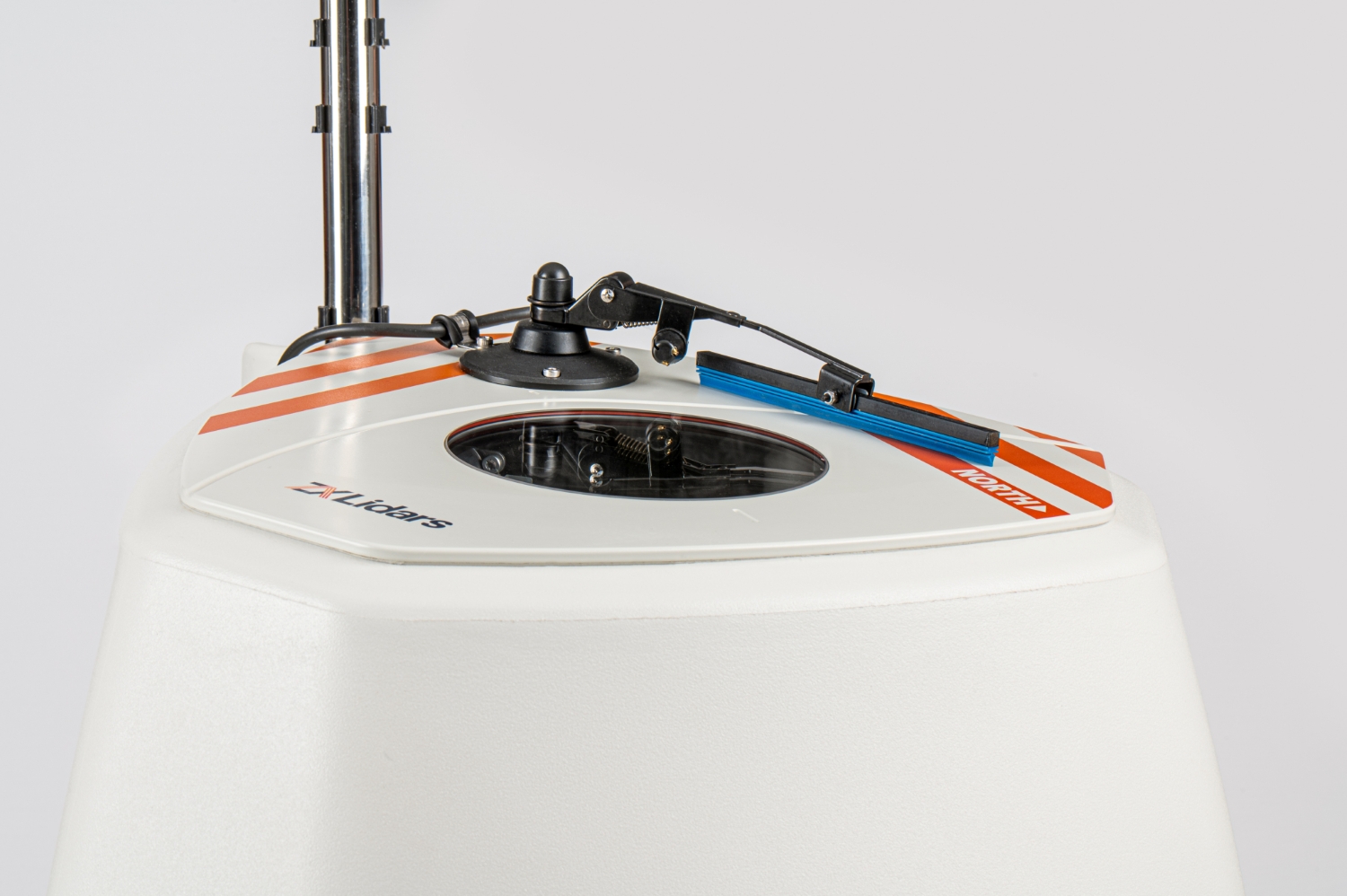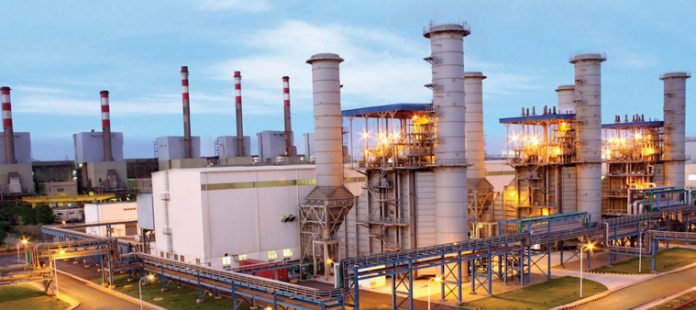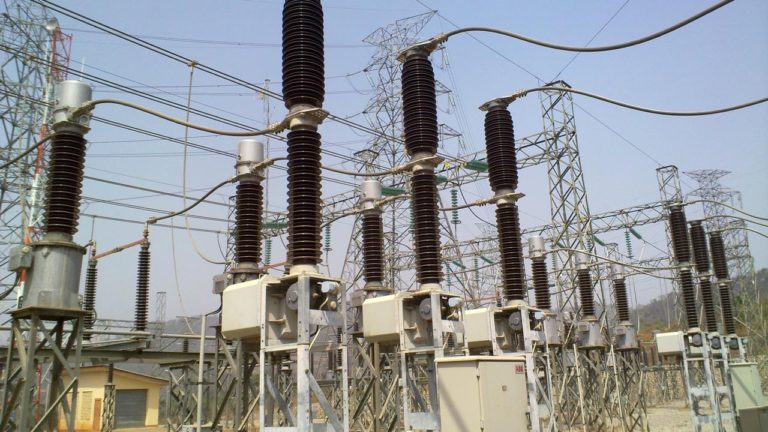Sixteen of the nation’s 27 power plants have seen their generation capacities limited by gas constraint and frequency management occasioned by distribution companies’ load demand.
A total of 2,313 megawatts of power were left unused as of May 8, with 1,935MW due to gas constraint and 1,378.3MW due to frequency management, data from the Federal Ministry of Power, Works and Housing showed on Wednesday.
Eight plants, namely Egbin, Azura, Jebba, Olorunsogo I, Delta, Shiroro, Okpai and Omotosho I, were affected by frequency management problem; while Omotosho II, Alaoji NIPP, Geregu NIPP, Olorunsogo NIPP, Geregu I, Odukpani NIPP, River IPP and Afam VI were hit by gas shortages.
Total power generation stood at 3,501.4MW as of 6am on Wednesday, up from 3,192.20MW on Sunday, according to data from the Nigeria Electricity System Operator.
From 4,339.10MW as of 6am on Monday, April 30, the total electricity generation plunged to a low of 2,552.40MW last week Thursday as the number of idle power plants increased to 12 from seven on Wednesday.
Eight power plants, namely Afam IV and V, Odukpani NIPP, Ihovbor NIPP, Gbarain NIPP, AES, ASCO, Omoku and Trans-Amadi, were not generating any megawatts as of Tuesday.
The system operator put the installed generation capacity at 11,165.40MW; available capacity at 7,139.60MW; current transmission capacity at 7,000MW; and network operational capacity at 5,500MW.
The nation generates most of its electricity from gas-fired power plants, while output from hydropower plants makes up about 30 per cent of the total.
Generation from Kainji, Jebba and Shiroro hydro plants, which stood at 256MW, 251MW and 259MW, respectively as of 6am on Tuesday, went down to 411MW, 440MW and 442MW, respectively, as of January 5.
The Minister of Power, Works and Housing, Mr Babatunde Fashola, on Monday said the Federal Government would start supporting electricity distribution companies by the end of this year as part of efforts to achieve incremental power supply in the country.
He said the administration had increased the grid capacity from 5,000 megawatts in 2015 to over 7,000MW, adding that efforts were ongoing to increase the transmission capacity.
“I can tell you that in the course of this year, the TCN has no less than 90 projects of substation completion, substation expansion and re-conducting of old lines in order to expand the grid capacity,” he said.
Source: iwin.org








